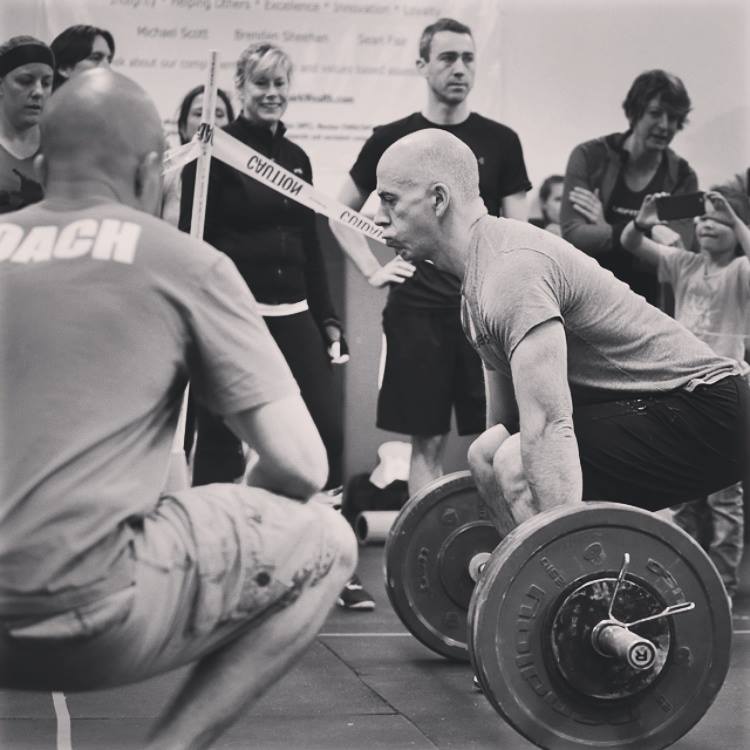
My first rendition of Fitness over 50 dates back to November 2015. This blog post is one of our most popular and most highly viewed articles on the internet. You can read it here!
Additionally, it’s one of our most-referenced blog posts on other websites and articles as well! Here is an example.
That article goes in-depth into the most common questions we have been asked. The reality is when I wrote this article over 5 years ago, CrossFit was still viewed as a training program that was only for the fittest people on earth. Meaning, it’s too intense for anyone who isn’t already fit AND forget about doing CrossFit if you’re older (like, what does that mean anyway?!)
Flash forward 5 years later, CrossFit HQ has moved in a direction where their efforts are on the general population and training for longevity vs. the competitive sport of CrossFit.
What I failed to talk about in my article was a more detailed and structured approach to getting started and being successful in this type of program. The hard part for people to understand is not every CrossFit is the same. Every CrossFit affiliates process, training style, and community are different. Remember, CrossFit isn’t franchise!
So if you read my previous article, my goal with this post is to talk about the process you should go through and the areas you need to spend time on to maximize your results as you age. If it doesn’t look like this, find a gym that will meet these standards for you!
1.) Define your goals
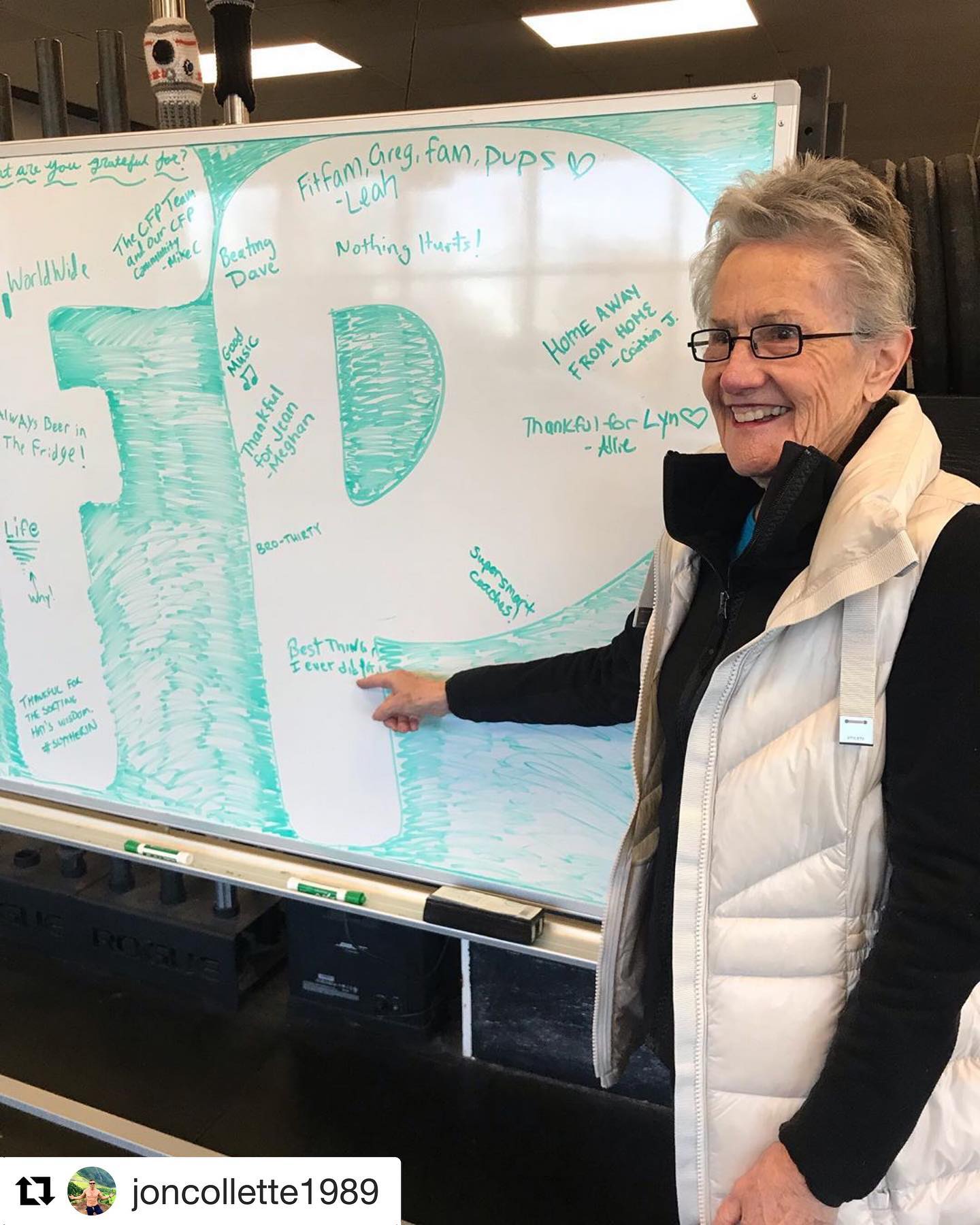
If you want to get started in any training program for that matter if the facility you are looking into doesn’t do a needs analysis or an initial goal-setting session with you before you start, leave!
The most important part and the first step to starting a new training program has to be establishing what is important to you. Trying a free workout isn’t the solution to helping you right now.
At Prototype, we have found that the most effective approach is getting alignment of what the client’s goals are, creating a plan or strategy to get there, and tracking the progress along the way. This may lead to group classes or may start in a more structured 1-1 or small group approach.
The best coaches out there are able to gain an understanding as to why things are important to you, thus helping to facilitate your motivation going forward so you are held accountable and stick to your new routine!
So the first step, define what you are looking to accomplish and why it’s important to you. Also, you should get some baseline metrics done like a body composition test (We use the InBody 270).
2.) Start with 1-1 or Small Group Training

The rise in group training has exploded since CrossFit got on the scene in the early 2000s. This trend has grown and expanded into different brands such as Orange Theory Fitness, Barry’s Boot Camp, and F45 to name a few commoditizing the group fitness model.
The major difference is that you don’t always need group training. As a matter of fact, what everyone needs is coaching. Coaching doesn’t have to come from a group approach. In our opinion, the best coaching and training when you are starting out is best delivered in a 1 on 1 or a small group environment.
What we have found in this approach and why we believe it’s superior to starting in larger group classes right away is:
A.) You establish a relationship with a coach. Our vision at Prototype is to create the greatest relationship business ever. We believe that stronger your relationships are with your coaches and community, there is a higher probability of success.
B.) There are higher levels of accountability. Your more likely to no show to the class than you are to blow off an appointment with your coach or trainer.
C.) You are thoroughly assessed. We call our onboarding session at Prototype our Virtuosity prep course. These 4, 1-1 sessions with a coach are an evaluation of your movement capacity, motor control, and an understanding of your previous history of injuries. This process allows the coach to identify areas of improvement and can prescribe the next best actionable steps.
3.) Establish a Plan
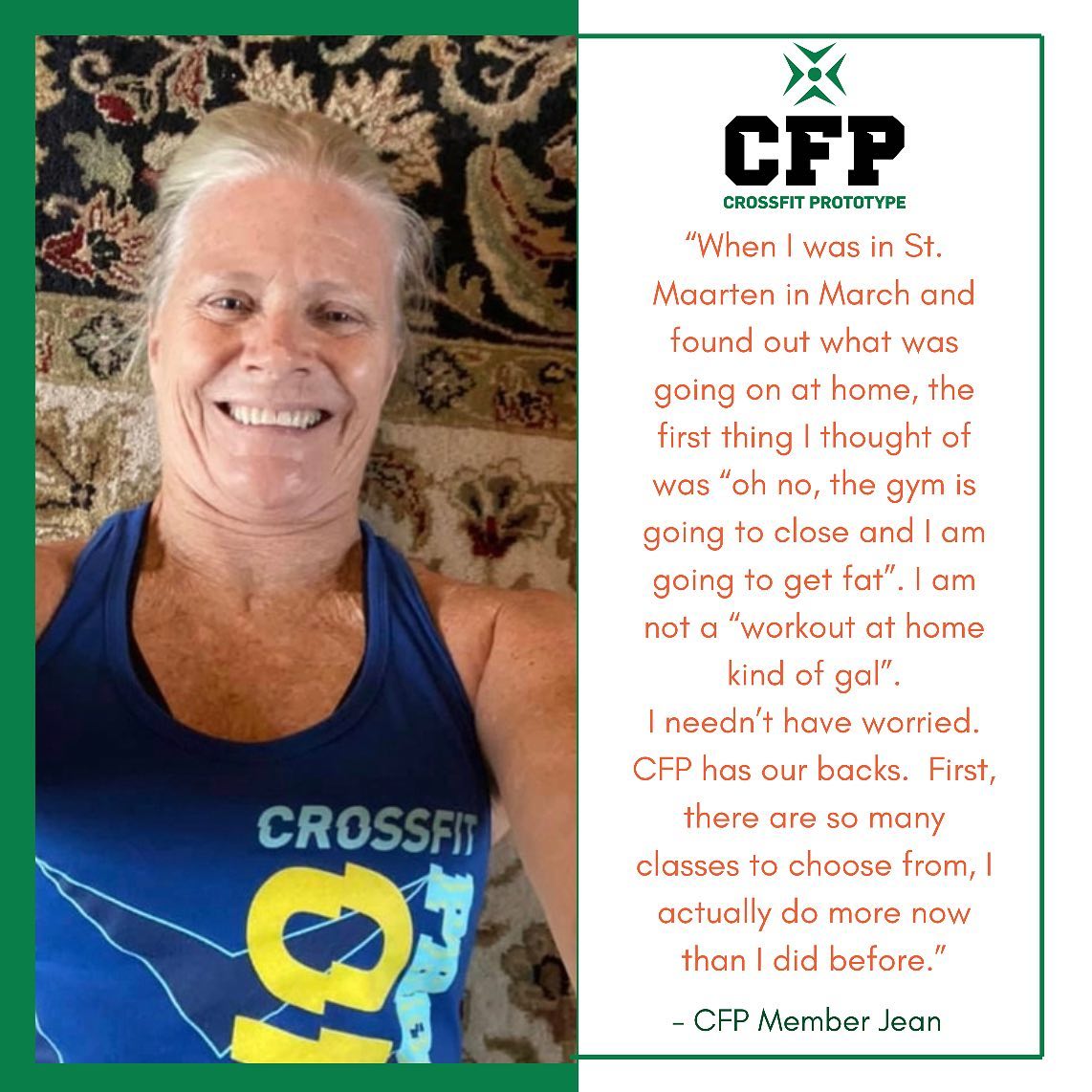
After you have gone through the initial intake steps, your coach should help create a plan for you and prescribe the best approach to helping you towards your goals. This might include more structured coaching on nutrition, mindset and behavior change, and/or mobility.
For example, you and your coach might set a plan for you that has you doing 3 group classes a week, 1 personal training session a week (for specific and targeted work), and 1 dedicated workout that you complete on your own that addresses mobility.
This plan should be reviewed on a quarterly basis with you and your coach to make any adjustments or if goals change. We call these Goal Review Sessions.
With that said, we don’t have to do everything at once, but identifying a plan to help get you where you want to be is critical.
The next step is sticking with that plan and what most people need (regardless of your age) is the accountability to following through on it. Did you skip a workout? Did you cancel a training session? Did you not log your nutrition for the day? Your coach is there to hold you accountable and tie the importance of these things back to your initial goals. The more relationships you build in your fitness community, the more likely those people will also hold you accountable. This approach has made retention in these programs a lot greater than the traditional fitness model.
4.) Focus on movement quality
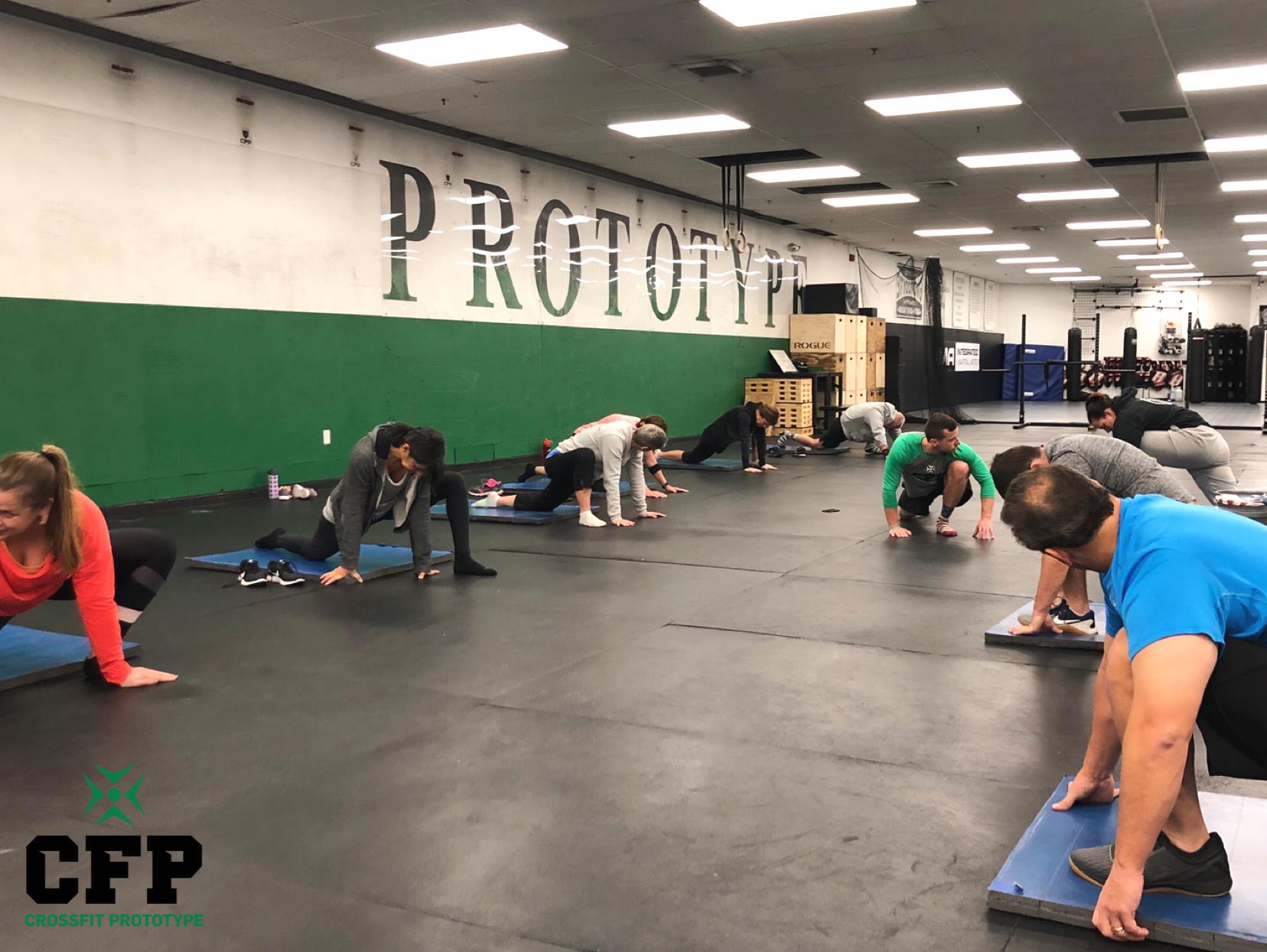
Once your plan is set, how often you move in a structured manner (how many workouts you do a week) might vary based on where you are currently at in your fitness journey or your goals. However, as we age, (and I talk about this in my first article) movement quality from being in fixed positions for a long time, can be impacted.
Our joints and our bodies were intended to move through full ranges of motion. If we stiffen up from being in fixed positions (like at a desk or from staring at our phones) this impacts our ability to move our body. That impact can lead to pain and chronic movement limitations.
Poor movement quality can be mitigated and addressed with intentional practice. CrossFit preaches Mechanics-Consistency-Intensity. In other words, move well, move well consistently, then increase the intensity in which you move consistently well. If we increase the intensity before we have the ability to get into particular positions, it puts us at risk for injury or overuse.
Another strategy that should be done in tandem is daily mobility training (15-60 minutes is all you need). That can be in the form of your workout for the day or after your training session. A good option here is RomWOD or our ALIGN classes. Consistency in this type of training will help you feel better, move better, and get your closer to your goals.
5.) What you put in your body

As I mentioned above, we don’t need to start with everything all at once.
But when we look at fitness and our goals, Nutrition is at the base. The reality is, regardless of your goals (decrease body fat, improve lean body mass, get stronger, increase energy), what you put in your body accounts for the majority of either the success or failure in achieving that goal. Roughly 70-80% of any fitness goal is dependent on what and how much you put in your body.
As we age, and especially if we have been involved in diet culture, our metabolism and our hormonal balance aren’t the same as it once was when we were in our youth. I know you this, but why do we continue to neglect the giant pink elephant in the room?!
Even though nutrition is the last bullet of this article, it’s arguably the most important component.
But the good thing is that you have set the goals with your coach, you have a plan that includes nutrition, and you have resources to help you with this. Just like your training sessions, accountability is critical and you need to have a support system if this is an area you struggle with. You need a tailored approach for you, your goals, and your lifestyle.
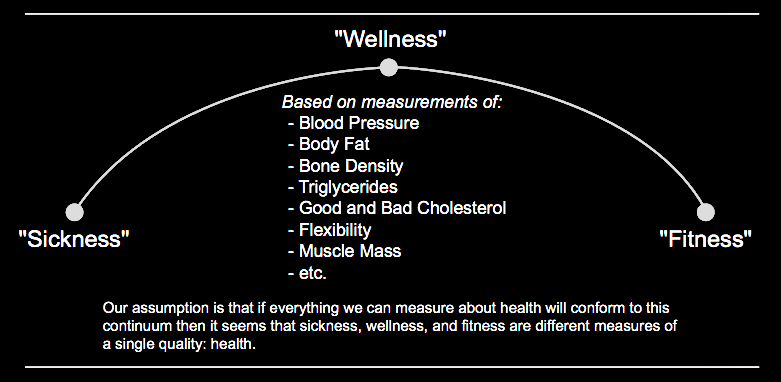
We have one life to live on this earth. You have the opportunity to live it with intention and to take control of your health. This starts with the actions you take in making change. Our hope is that those changes include you moving closer to fitness vs. moving closer to sickness.
There are over half a million fitness professionals in the U.S alone. That’s a lot of people willing to help you!
Start getting after it today!
